- A number of hydrogen energy industrial clusters are emerging, and the industrial, supply and innovation chains are constantly improving
- China will initially establish a hydrogen energy supply system that focuses on by-production of industrial hydrogen and nearby utilization of hydrogen produced from renewable energy sources

In the context of energy transition, hydrogen energy has become the fastest growing industry in the field of renewable energy. Hydrogen could be a 10 trillion yuan industry in the future. Ouyang Minggao, an academician of the Chinese Academy of Sciences, said at the 2023 World Hydrogen Technology Conference that China has made partial breakthroughs in the development of hydrogen energy technology, showing the characteristics of phased progress.
Hydrogen energy is a kind of secondary energy with abundant sources, green and low carbon and widely used. It is gradually becoming one of the important carriers of global energy transformation and development. At present, the development of China's hydrogen industry has ushered in a window period.
A number of industrial clusters have sprung up
North, Shandong. China's first high-speed hydrogenation station and the first port hydrogenation station have been built. 25 hydrogenation stations have a daily hydrogen supply capacity of more than 20 tons. The total number of fuel cell vehicles promoted has exceeded 1,000... The science and technology demonstration project of hydrogen into 10,000 households is progressing rapidly. The overall goal of the demonstration project is to build 1 hydrogen highway, 2 hydrogen ports, 3 science bases, 4 hydrogen parks, 5 hydrogen communities, etc.
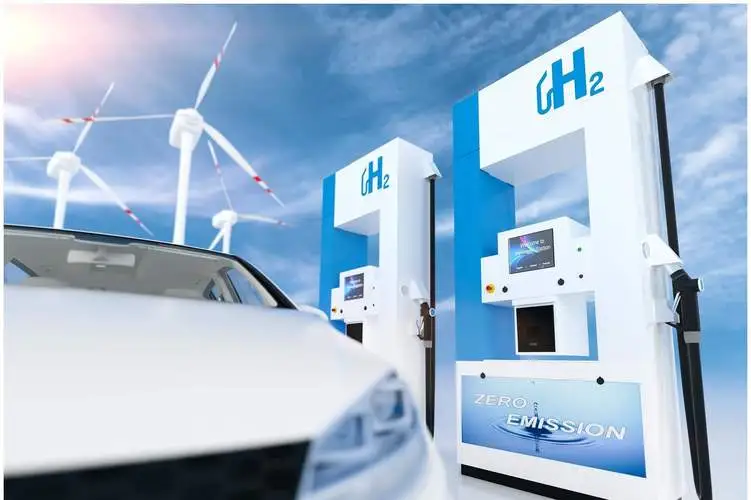
Nanhai District of Foshan City, located in the hinterland of the Pearl River Delta in the south, has gathered more than 150 hydrogen energy enterprises and institutions, covering the whole hydrogen energy industry chain, forming an industrial cluster with an investment scale of over 60 billion yuan.
Demonstration application projects promote the construction of industrial system. Chen Wenmiao, chief scientist of the National Fuel Cell Technology Innovation Center, said that through demonstration projects such as Hydrogen into 10,000, gradually expanding the application fields of hydrogen energy, expanding the usage scenarios and increasing the use of hydrogen can ultimately reduce the cost.
In the face of the booming hydrogen energy industry, China has continued to promote the comprehensive application of hydrogen energy in transportation, construction, energy storage and other fields through five demonstration city clusters and a number of demonstration projects, promoting the coordinated development of the whole industrial chain of hydrogen energy production, storage, transport and use, as well as regional optimization.
According to industry experts, major breakthroughs have been made in the integration of proton exchange membrane and fuel cell systems for vehicles in China, and related industry chains have been established. The high-power fuel cell system for heavy truck has become the high-tech highlight of hydrogen energy products, with the international leading level. A relatively complete technology chain and industrial chain of hydrogen energy and fuel cell have been established. The competitiveness of fuel cell vehicle products has also been significantly enhanced. Major performance indicators of commercial vehicles, such as hydrogen consumption, duration mileage and energy start-up, have been continuously optimized.
By the end of April, the cumulative promotion volume of hydrogen fuel cells in China was close to 14,000 vehicles, including more than 13,000 commercial vehicles, leading the world in the scale of commercial vehicle promotion, and realizing the coverage of ports, mines, sanitation, urban construction, public transportation, intercity logistics and other heavy operations as well as the whole scene of long-range bulk commodity transportation. Hydrogenation infrastructure construction is developing rapidly. At present, China has built more than 350 hydrogen refueling stations, ranking first in the world.
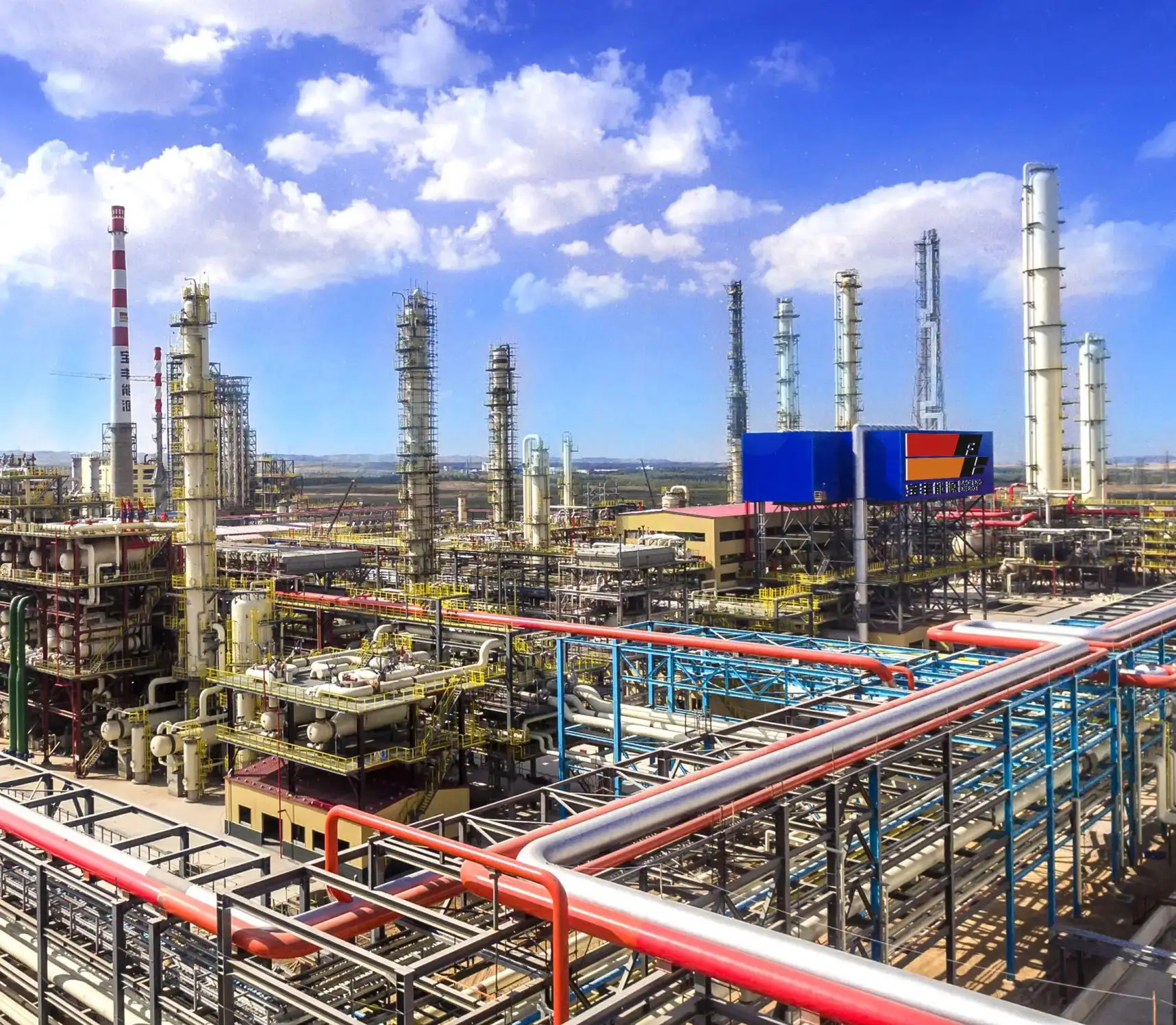
China's hydrogen energy industry is showing broad prospects for development. Xu Niansa, president of the China Machinery Industry Federation, said construction in the petrochemical, coal chemical, hydrogen smelting and hydrogen energy storage sectors is accelerating. A number of hydrogen energy industrial clusters are emerging, applications are booming, and industrial, supply and innovation chains are constantly improving.
Li Guohui, deputy general manager of the China Petroleum Pipeline Bureau Engineering Co., LTD., showed a map of the future planning of the national hydrogen energy backbone network to transport hydrogen from west to east. By 2050, almost all hydrogen will be transported through pipelines. We have built a northern hydrogen energy network with three branches, one horizontal and one vertical, connecting many places, covering a total length of 5,000 to 6,000 kilometers. The plan also covers the Yangtze River Delta, Pearl River Delta, Sichuan and Chongqing regions.
Storage and transportation remain a weak link
Ningxia, a pilot project base of a natural gas hydrogen blending carbon reduction project. Researchers are busy analyzing the stratification of hydrogen-doped natural gas pipelines and testing different proportions of mixing.
Nearly a thousand miles away in Henan Province, from Jiyuan to Luoyang, there is a pure hydrogen pipeline 25 kilometers long. It is the largest hydrogen pipeline with the highest diameter, the highest pressure, and the highest capacity that has been built in China. It has been in operation for eight years.
Pure hydrogen or hydrogen-doped pipeline transportation is the last kilometer to break through hydrogen production and hydrogen use. Li Guohui said the distribution of hydrogen energy resources in China is very uneven, and hydrogen energy resources are mainly distributed in refining and chemical enterprises, the northwest, northeast, central and western regions where there are abundant power generation and natural gas resources. The consumer market is mainly concentrated in the eastern region. In the near future, hydrogen energy storage and transportation mainly serve the short-distance transportation in the nearby area. In the future, medium and long distance storage and transportation will be in great demand.
'Storage and transportation is still the weak link in the full technology chain of hydrogen energy,' Mr. Ouyang said. 'Although there are various technological innovations, the truly disruptive technology that can be put on the ground has yet to emerge.'
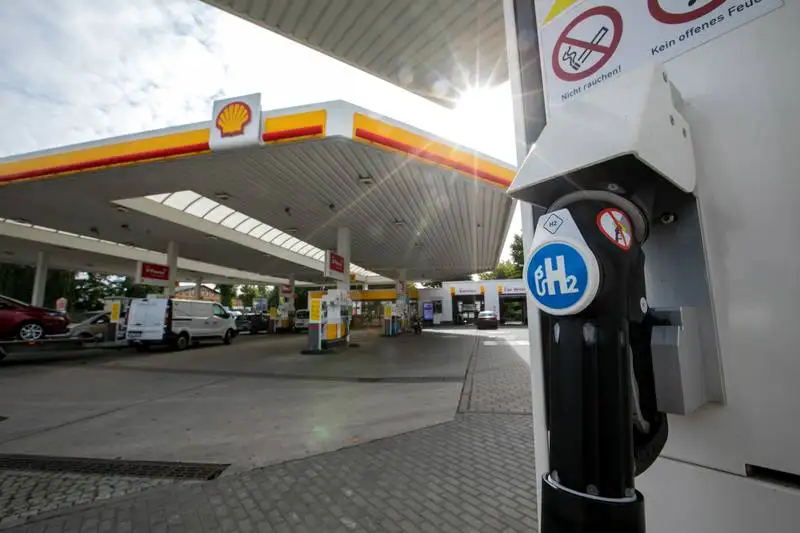
At present, China has built three pure hydrogen pipelines of a certain scale, covering less than 100 kilometers, almost all of which are used for hydrogen in oil refining and chemical industry. There are only a few hydrogen-mixing platform tests for long distance mixed transport of natural gas. Li Guohui said.
By 2050, if the capacity of hydrogen storage and transportation reaches 70 million tons, about half of it will need pipelines, that is, 35 million tons, which is equivalent to the size of our current natural gas pipeline. The pipeline mileage may be between 150,000 km and 200,000 km. Li Guohui predicted.
It is urgent to speed up the development capacity of hydrogen storage and transportation equipment. Li Xiang, a researcher at the China Special Equipment Testing and Research Institute, said China lacks the capacity to build core hydrogen storage and transportation equipment, and faces many challenges in terms of hydrogen storage and transportation equipment materials, design and manufacturing, and monitoring and evaluation of safety conditions.
In terms of fuel cell vehicle technology, which is of public concern, Chen said that the cost of using fuel cells and hydrogen energy is still relatively high, and related power devices are still expensive to buy and use.
Zhang Jinhua, executive Vice president and secretary general of the China Society of Automotive Engineering, believes that compared with the world's leading level, China's fuel cell vehicle technology still has a big gap on the whole, especially in the key core parts and material devices, such as carbon paper, catalyst, proton exchange membrane, carbon fiber materials, hydrogenation equipment, related pipe and valve parts and other external dependence. The level of key technologies such as large-scale energy saving hydrogen production technology and high reliability, especially 70 mpa hydrogenation technology, still needs to be improved.
Cross-border cooperation is needed to break the weak link
According to incomplete statistics, more than 30 countries in the world have issued hydrogen-related strategies, and major economies such as Europe, the United States, Japan and South Korea have all taken green hydrogen as a long-term development strategy and formulated corresponding policies.
In 2022, China released the Medium - and Long-Term Plan for the Development of the Hydrogen Energy Industry (2021-2035). According to the plan, by 2025, China will initially establish a hydrogen energy supply system focusing on by-production of industrial hydrogen and nearby utilization of hydrogen produced from renewable energy sources. By 2030, a relatively complete technological innovation system for the hydrogen energy industry and a clean energy hydrogen production and supply system will be established. By 2035, a hydrogen energy industrial system will be formed, and a multi-component hydrogen energy application ecosystem covering transportation, energy storage and industry will be built.
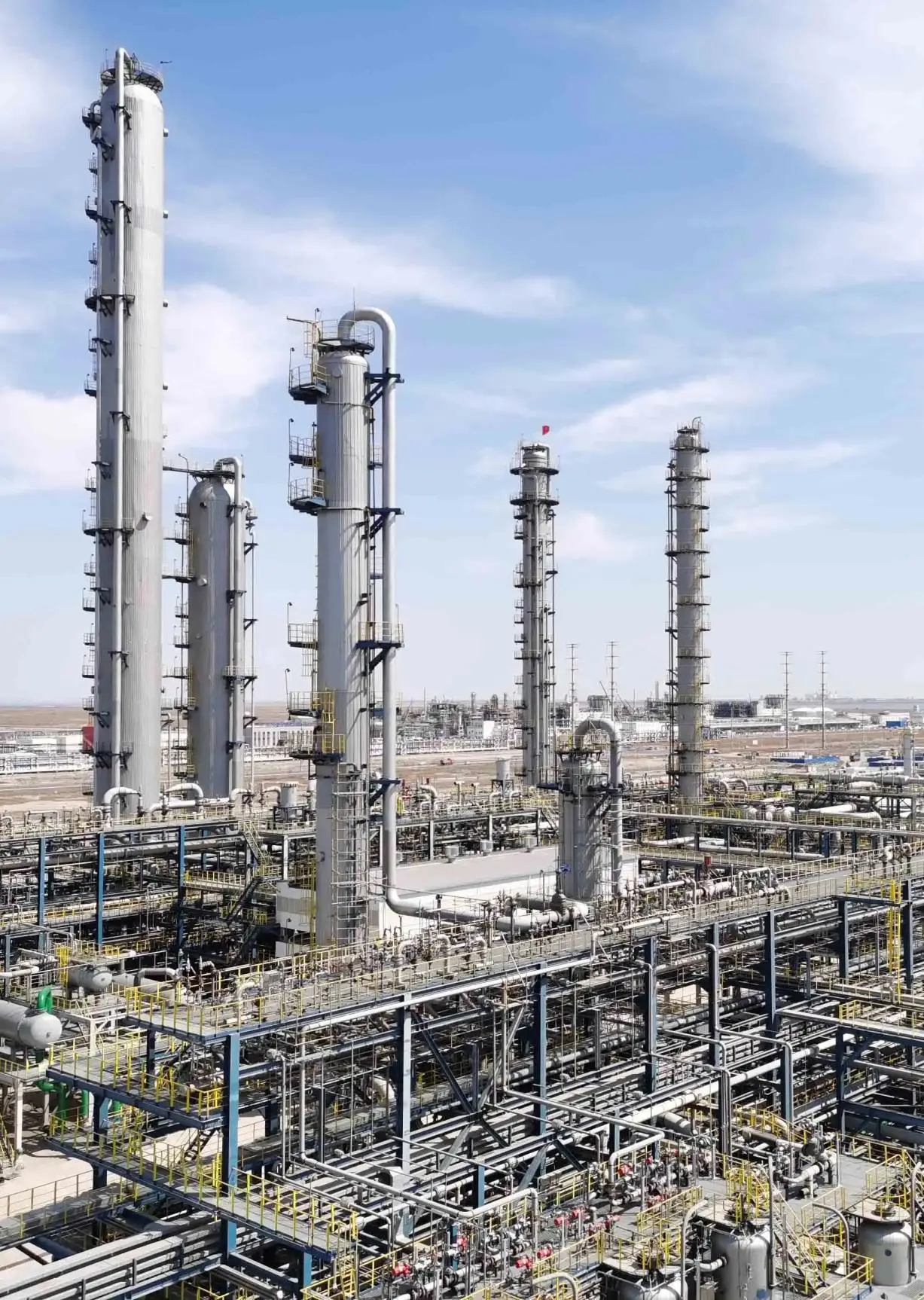
China's hydrogen energy industry is entering a window period, which is also a window period for the world's hydrogen industry. Experts believe that under the vision of carbon neutrality, green low-carbon and sustainable development has become a consensus of global development, and green hydrogen has become the focus of the development of hydrogen energy industry.
The hydrogen energy industry has spread across the country, with 30 provinces including hydrogen energy in their 14th-Five-Year development plans, Li said. But the market level, technical level there are also some need to improve and perfect.
We should strengthen technological breakthroughs in weak links and raise the overall technological level of the industry. Zhang said that the cultivation of hydrogen energy and fuel cell industry is a complex system project of great significance, which requires a high degree of coordination and joint progress by all parties.
More advanced hydrogen production technology will be needed in the future. Sheffield, president of the International Hydrogen Energy Association, said that at present green hydrogen is still facing a series of challenges, such as the technical threshold of green hydrogen preparation is relatively high, the cost is relatively high, the process and equipment for green hydrogen preparation in the future need to be further optimized, and its return on investment also needs to be optimized.
Cross-border integration to break through the constraints of key technologies. Chen Wenmiao said that the National Fuel cell Technology Innovation Center has 16 co-construction units, including many related units such as production, education, research and application. Through deep collaboration and integration, the resource advantages of the upstream and downstream of the industrial chain are fully brought into play, and the fuel cell industry is jointly promoted to develop rapidly.
Collaborative innovation to promote development. Xu said that developing hydrogen energy is the inevitable choice to achieve the dual-carbon goal. In the future, countries should strengthen in-depth cooperation in the field of hydrogen energy, further crack the weak links in the technology and equipment of the hydrogen industry, and lead the sustainable and healthy development of the industry with scientific and technological innovation. Editor/Xu Shengpeng
Comment
 Praise
Praise
 Collect
Collect
 Comment
Comment
 Search
Search



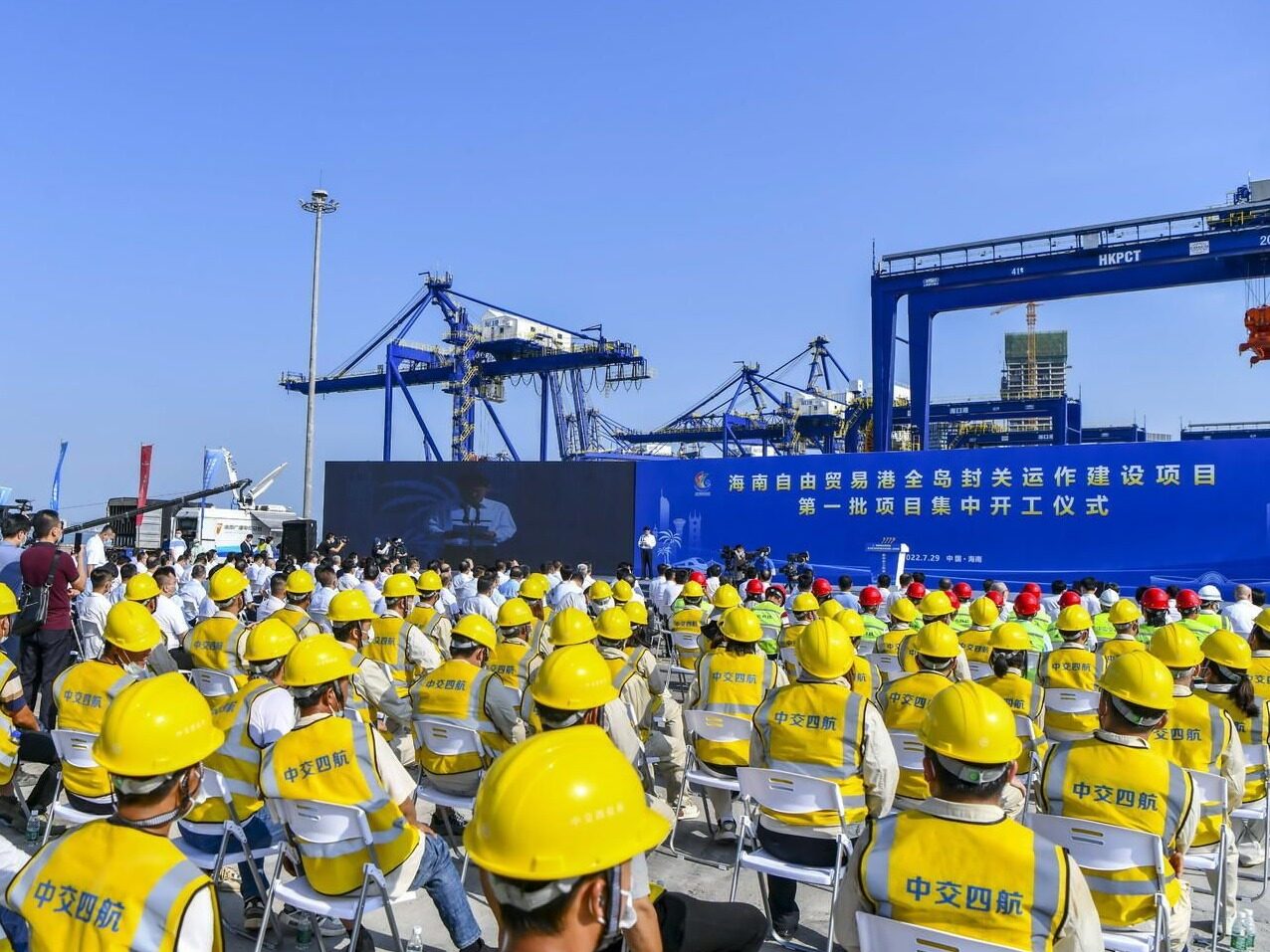



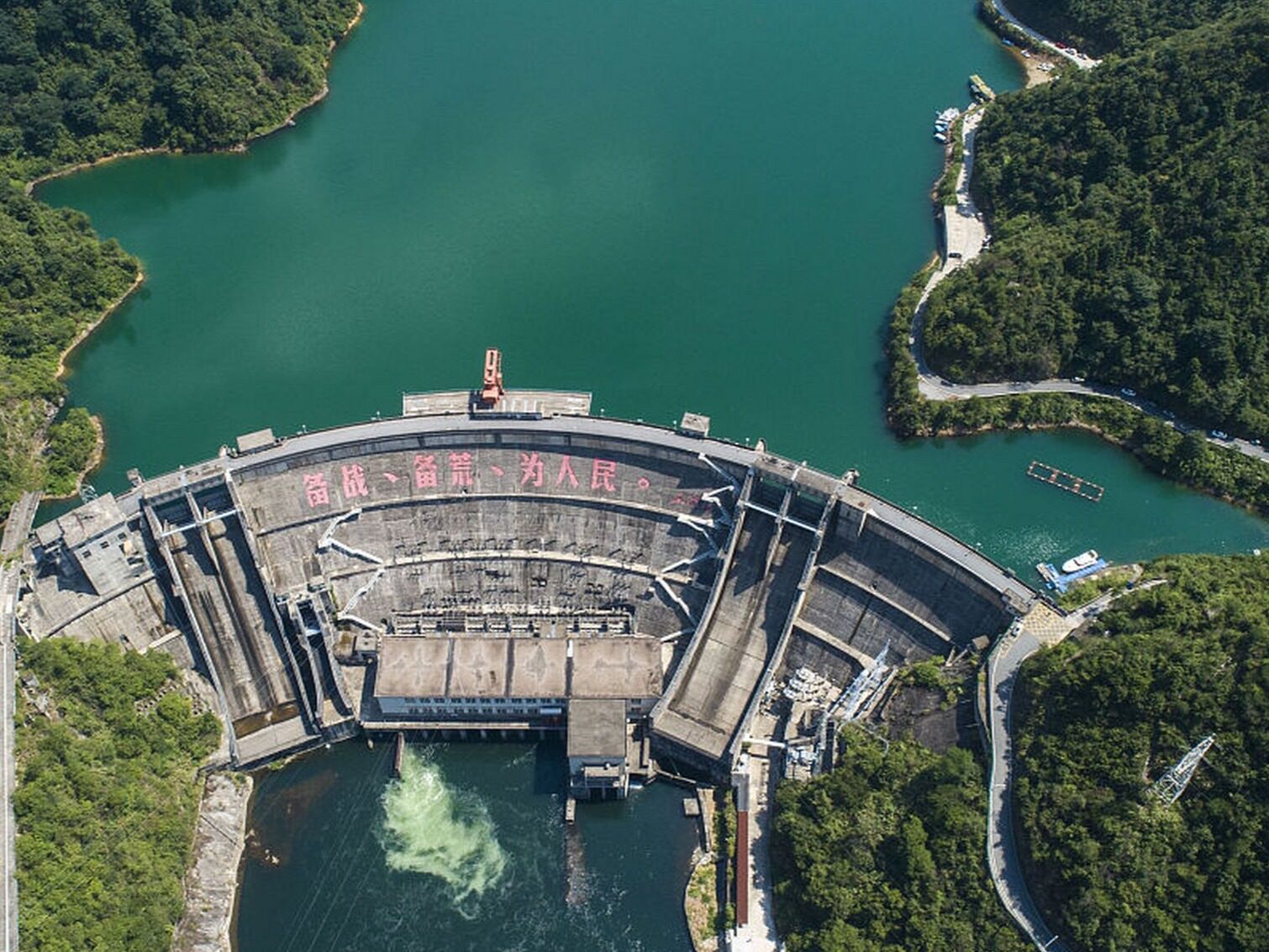






Write something~